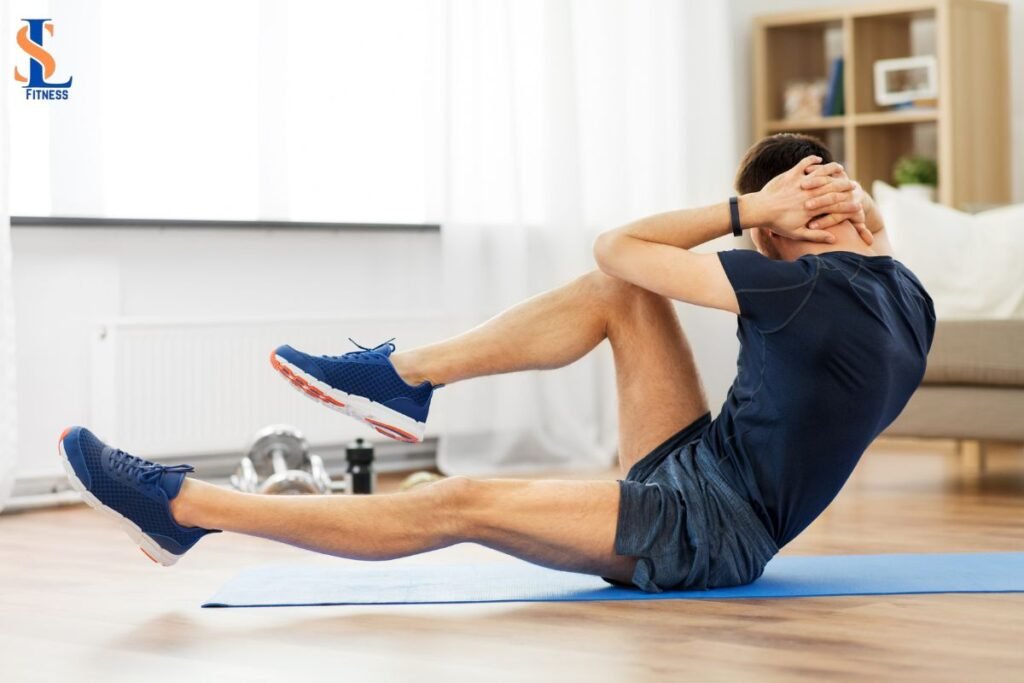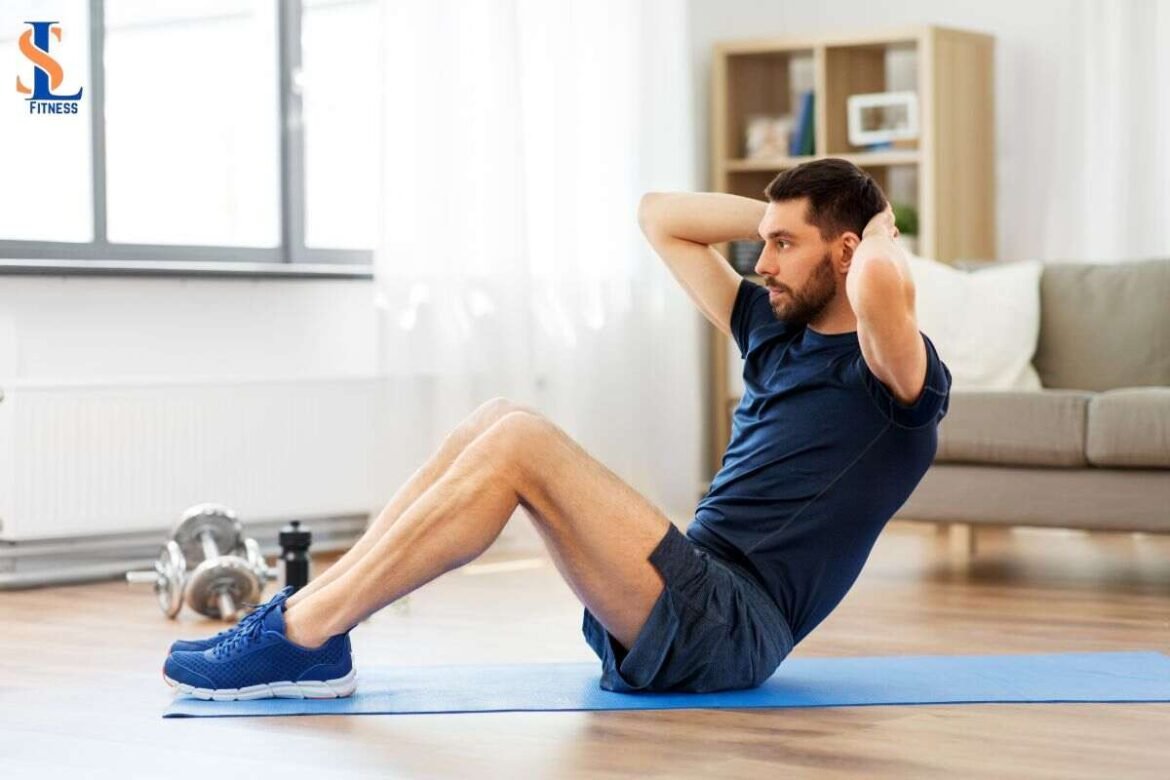I think many people are not good at “abdominal exercises” where you raise your upper body from a lying position with your knees bent. , how you use your abdominal muscles is very important when doing any exercise. Are you struggling to perform abdominal exercises without straining your back? Do you want to strengthen your core without compromising your spinal health? In this article, we will introduce recommended training methods that will allow even those who are not good at abdominal exercises to strengthen their stomachs.
Are you using the power of your stomach?
When doing sit-ups (abdominal exercises), some people may end up tensing their neck or shoulders or standing up with too much momentum. This will not work on your stomach, which is the important part. If you feel tired in your shoulders or neck, but not in your stomach, when doing abdominal exercises, you may be in a state where your stomach is easily relaxed.
What can happen if you don’t use your abdominal muscles
・Shoulder stiffness, back pain, and back pain ・Bulging stomach ・Tend to be constipated ・Difficulty in recovering from fatigue
People who are not good at abdominal muscles are likely to have “arched back”
One of the reasons why you may not be able to sit up (sit-up exercises) is that your back is arched. Arched back is caused by weak abdominal muscles, overworked back muscles, or a forward-tilted pelvis. If you have an arched back, it becomes difficult to use your abdominal muscles to keep your upper body straight.
There are many benefits to strengthening your abdominal muscles and improving your swayback.

・Maintains internal organs in the correct position, eliminating belly fat ・Increases basal metabolism, making it easier to burn fat ・Improves bowel movements ・Improves shoulder and back pain ・Improves athletic performance ・Improves posture
When your abdominal muscles regain their original function, it not only relieves everyday discomfort but also provides many other benefits, such as making your body more stable and easier to move during yoga and other exercise.
Balanced abdominal exercises without raising the upper body (leg lift abdominal exercises)
We’ll start with some abdominal exercises that are suggested for those who remark, “I put force on parts of my body other than my stomach when I use my abdominal muscles to raise my upper body.” You may train your stomach by maintaining your balance and raising your legs.
1. Lie on your back with both knees bent, legs hip-width apart, and the soles of your feet on the mat. As you exhale, sink your navel into the mat to make your stomach thinner.
Tip: Draw your stomach in so that there is no gap between your hips and the floor.
2. Place both hands behind your head and keep your stomach flat. As you exhale, raise your torso to your shoulder blades.
Point: Look at your belly button and do not relax your stomach. If you imagine pulling your ribs down towards your stomach, it will be easier to relax your stomach.
3. With your torso raised, inhale and lift your right leg diagonally upwards, pointing your toes. For three to five breaths, hold this posture.
Tip: The closer you can bring your toes to the floor, the harder the exercise will be. Keep the angle at a level that doesn’t relax your abdominal muscles or arch your back.
4. Repeat on the other side.
Once you get used to keeping one leg at a time, try lifting both legs at the same time and keeping the position for five breaths. If you feel like your solar plexus and lower abdomen are being used, you can expect an effect on your abdominal muscles.
By following these guidelines and incorporating balanced abdominal exercises into your workout routine, you can strengthen your core without compromising your spinal health. Remember to start slow, engage your core, focus on control, breathe naturally, and stretch and foam roll regularly. Happy training!
Also read: https://techdigitaltrend.com/top-sites-to-buy-tiktok-views-and-boost-engag/

1 comment
[…] The “Sitting Iliopsoas Stretch” increases the range of… How to train your core with “balanced abdominal… “Warm-Up, Run Better: How to Prepare for a… People with stiff hip joints struggle to […]